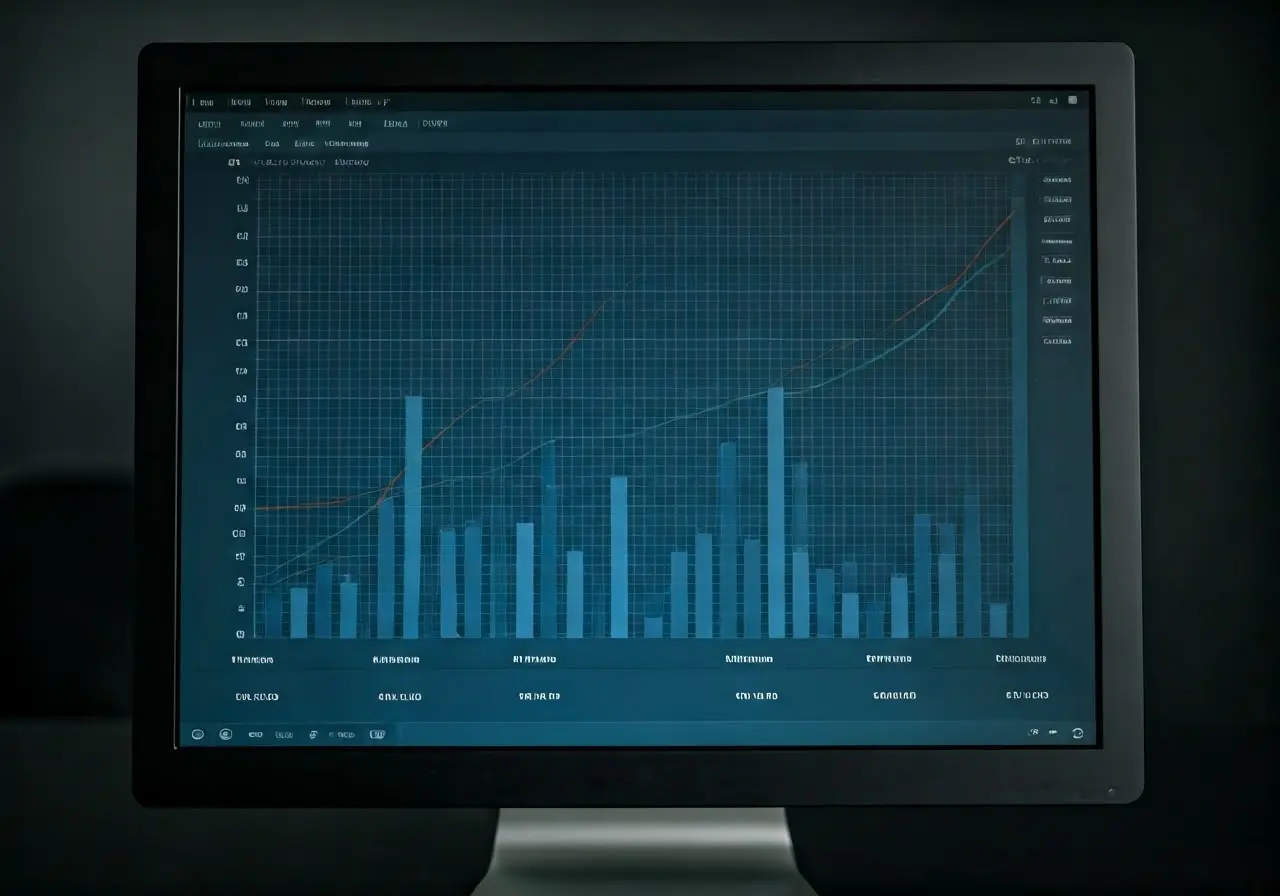In today’s fast-paced business environment, performance analysis is crucial for understanding progress and identifying areas for improvement. But with so many metrics available, it can be challenging to determine which ones are essential for your analysis. In this blog, we break down the must-have metrics that can provide valuable insights into your performance goals.
Understanding Key Performance Indicators (KPIs)
Key Performance Indicators (KPIs) are like the compass for any business strategy, directing focus to what truly matters. By zeroing in on KPIs that resonate with your strategic objectives, such as revenue growth, customer acquisition, or market share, you harness a detailed view of your business’s trajectory. They assist not just in tracking the milestones but also in steering your strategies towards better alignment with your ultimate goals.
For instance, in application performance metrics, monitoring elements like CPU usage and memory consumption as essential KPIs can reveal insights about efficiency and capacity, offering a tangible path for optimization efforts 13 application performance metrics.
Financial Indicators You Must Track
Financial metrics are the grounding reality check for any business decision. Revenue growth is the obvious metric, but diving deeper, profit margins, both gross and net, offer clarity into operational effectiveness. Monitoring return on investment (ROI) helps in evaluating whether the financial resources are delivering expected efficiency and gains.
Another crucial financial metric is the cash flow, which ensures that the business has the liquidity needed to meet its obligations. By keeping an eye on cash flow statements, organizations can foretell potential liquidity issues and adjust operations to mitigate risk.
Evaluating Customer Experience Metrics
Understanding customer experience is more than just feedback collection—it’s about reading between the lines. Tools to measure customer satisfaction can provide insights that impact loyalty and retention. A Net Promoter Score (NPS), for example, offers an overview of customer loyalty by categorizing your consumers into promoters, passives, and detractors.
More in-depth understanding can be gained through customer journey analytics. This involves mapping the customer’s entire interaction with the brand, identifying moments of delight as well as friction, which can be resolved to enhance the overall experience.
Combining quantitative data from metrics like NPS with qualitative feedback, such as customer surveys, provides a fuller picture of customer landscapes, guiding improvements in service and product offerings.
Assessing Process Efficiency
Process efficiency metrics can be the catalyst for improved productivity and reduced waste. Cycle time, which captures the total time from the beginning to the end of a process, is crucial. Reducing cycle time without compromising quality can lead to better customer satisfaction and lower operational costs.
Defect rates stand as another key indicator, highlighting areas where quality can falter. By addressing the root causes of defects, businesses can refine their operations and enhance product reliability, leading to higher customer satisfaction.
Moreover, tracking these metrics in real-time facilitates swift adjustments and adaptive strategies, ensuring that operations stay nimble and responsive to change.
Measuring Employee Performance
Employee performance metrics such as productivity levels, engagement scores, and turnover rates are valuable for understanding team dynamics. Efficient tracking of these metrics can reveal insights into workforce motivations and highlight potential areas for HR improvement.
Moreover, tools like performance appraisals and feedback mechanisms help identify high performers and those needing support, facilitating personalized development plans. Encouraging a culture of feedback and growth can spur motivation and boost overall team efficacy.
Engagement metrics, such as participation in feedback sessions or company events, not only measure involvement but also hint at morale levels, indicating how invested employees are in the organizational mission.
Understanding these metrics not only aids in maintaining a healthy workplace culture but also enhances the organization’s ability to achieve its strategic objectives through a committed and aligned workforce.
Navigating Essential Metrics for Success
Choosing the right metrics for performance analysis can significantly impact your ability to identify areas of success and opportunities for growth. By focusing on KPIs, financial indicators, customer experience, process efficiency, and employee performance, you’ll gain a comprehensive view of your organization’s overall health and sustainability.




